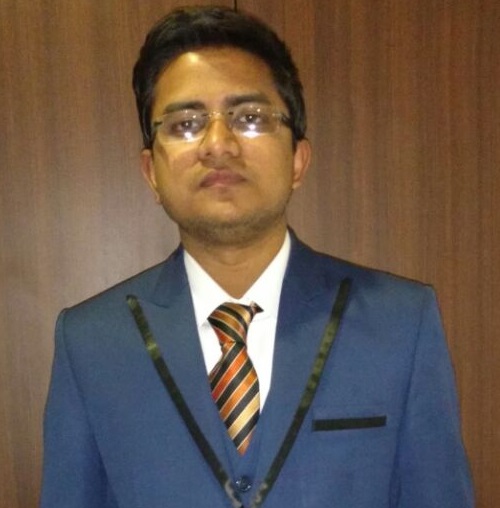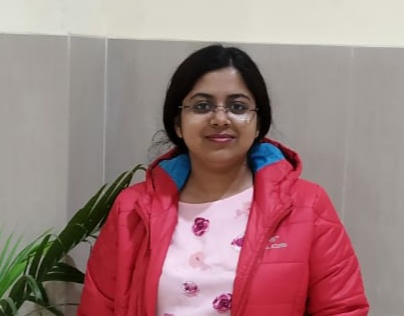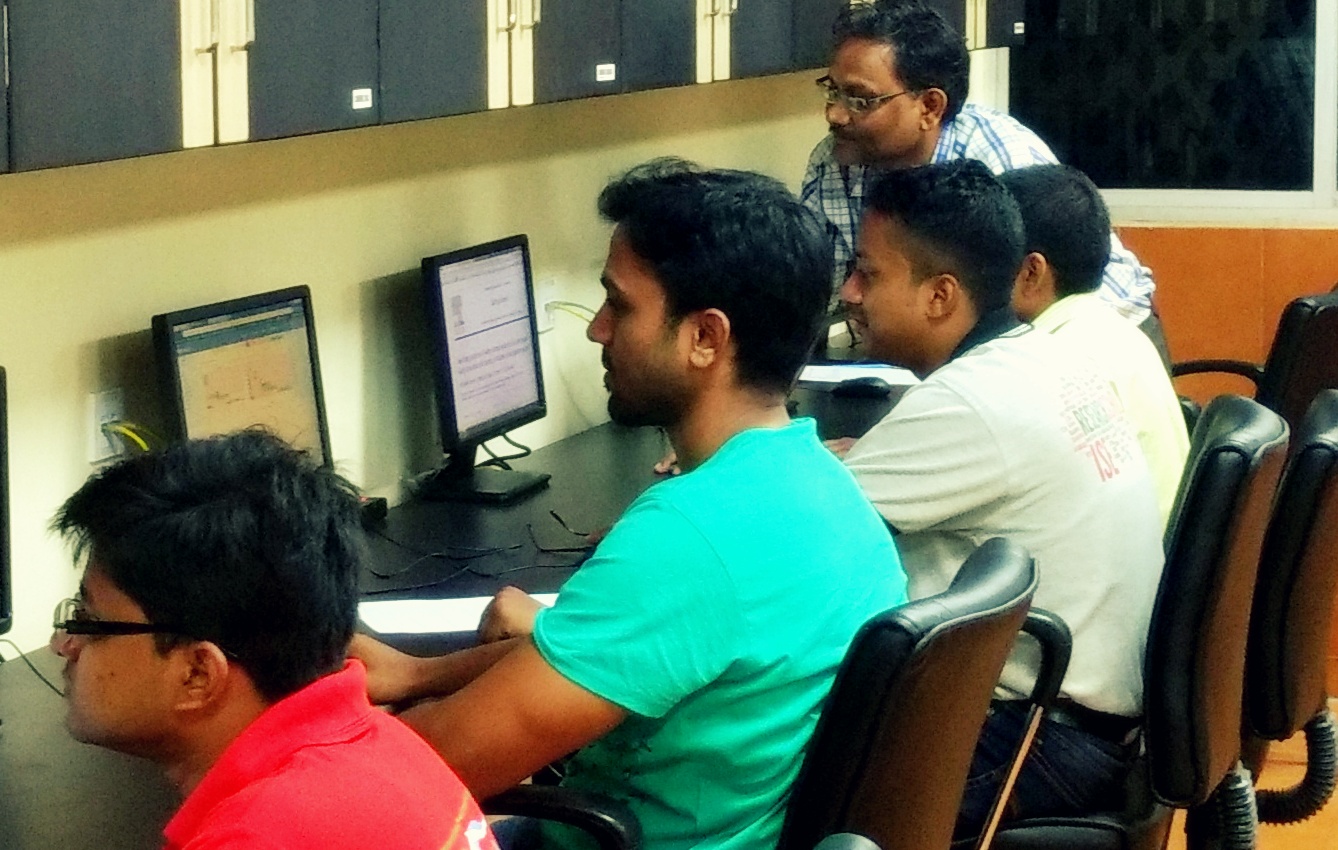Design and Analysis of Experiement
The objective of this course is to impart students at the PhD level with a holistic view of the fundamentals of experimental designs, analysis tools and techniques, interpretation and applications. Upon completion of this course, the students will know (i)basic statistics including ANOVA and regression, (ii)experimental designs such as RCBD, BIBD, Latin Square, factorial and fractional factorial designs , (iii)application of statistical models in analysing experimental data , (iv) RSM to optimize response of interest from an experiment,and (v) robust design of process and product.
Class lectures: 3 hours per week
Instructor:
Prerequisites: Probability & statistics , basic knowledge in programming
Text & reference books:
Primary textbook:
Design and Analysis of Experiments by D C Montgomery, Wiley.
Reference books:
Applied Statistics and Probability for Engineers by D C Montgomery and G C
Runger, Wiley. Design of Experiments-An Introduction Based on Linear Models by M D
Morris, CRC Press.
Grading:
Final grades will be assessed based on three components:(i) internal assessment (IA) consisting of home assignments, term projects and attendance (20%), mid-term examination (30%), and end - term examination (50%).(ii) It is mandatory to submit home assignments (HA) and term projects (TP) within due dates. Failing of which leads to non - evaluation of mid - term or end-term answer scripts.(iii) Late submission will lead to reduction of marks in IA. If the assignment marks (e.g.,HA or TP) is x, the marks to be awarded will be x-d, where d is the delay in number of days. Zero marks will be awarded for d >= x
Home assignments & term project:
HW1:Basics of experimental design
HW2:Basic statistics
HW3:ANOVA
HW4:Regression
HW5:Experiments with blocking
HW6:Full factorial designs
HW7:Two level factorial designs
HW8:Blocking & confounding in two - level factorials
HW9:Fractional factorial designs
HW10:Response surface methodology
Course outline
| Topics (with tutorials) | Topics (with tutorials) | Duration (Total=40 hrs.) |
| Module 1 Statistics | (i) Basic statistics ( 2 h our s ) (ii) ANOVA ( 4 hours) (iii) Regression ( 3 hours) | 9 hours |
| Module 2 Experimental designs | (i) RCBD ( 2 h our s ) (ii) Latin square ( 2 h ours) (iii) BIBD ( 2 h ours) (iv) CCD ( 2 hour) | 8 hours |
| Module 3 Factorial designs | (i) Full factorial designs ( 4 hour s ) (ii) 2 k factorial designs ( 3 hours) (iii) Blocking and confounding in 2 k factorial designs (2 hours) (iv) 2 k - p factorial designs (4 hours) | 13 h ours |
| Module 4 Response surface methodology | (i) Method of steepest ascent ( 2 hours) (ii) Analysis of second order responses ( 2 h ours) (iii) Multiple responses ( 2 h ours) | 6 hours |
| Module 5 Robust design | (i) Crossed array design (2 h our) (ii) Combined array design (2 hours) | 4 hours |
| Module 6 Capstone p rojec | All students require deciding a term project in a group of 5 students together just after completion of Module 1 |
Instructions for Tutorials , assignment & term project :
(i) The tutorials and assignment will have to be programmed by the students either in R - studio or in SAS . (ii) The data & instructions for the tutorials and assignment shall be provided be forehand. The tutorial class might also be converted to home assignments. (iii) The problem statement & data sets of the capstone project have to be given by the students by the end of first module. The project should comprise of the applications of the DOE taught throughout the semester in the area of quality or service .
The full material of the course is given in the web page with the following link:
Link: NPTEL, IIT Kharagpur
- What is an experiment? Explain with an example.
- What is process model? Explain with an example.
- Define controllable and uncontrollable factors with example.
- What are the objectives of experiment design?
- Consider a case of your expertise/domain. Identify response variable of interest, controllable and uncontrollable factors. Develop a process model.
- What are the characteristics of a well-planned experiment?
- What are the steps involved in experimentation?
- What are basic principles of experimental design? What purposes they serve? Explain the principles with reference to the case you have developed (see question no. 5).
- Define treatment, treatment levels, treatment combinations and experimental settings. Explain with reference to the case you have developed (see question no. 5).
- What are the differences between replication and repeated measures?
- Define fixed effect and random effect models.
- What is blocking with respect to experimental design? Give one example. Why Blocking is necessary?
- What is confounding? When does it occur in experimental design?
- Explain with example one-factor complete randomized design (CRD).
- Explain with example one-factor randomized complete block design (RCBD).
- Explain with example two-factor complete randomized design.
- Explain with example two-factor randomized complete block design (RCBD).
- What is general factorial design? Explain with an example.
- What is 2K factorial design? When it is needed? What purpose does it serve?
- What is 2K-p fractional factorial design? Give one example? What are the advantage and disadvantage of fractional factorial design?
- Define the following experimental design:
- Factorial design with center point
- Factorial design with central and axial points
- What is robust design? Explain with an example.
- Comment on the orthogonality issues in experimental design.



